Research Seminar by Prof. Sarang Deo
A research seminar by Prof. Sarang Deo was held on October 25, 2021.
Topic – Integrated operations and disease modeling to evaluate COVID-19 pandemic response: Illustrative examples from India
Abstract of the talk
Over the past 18-20 months, several countries, including India, have gone through several phases of pandemic response spanning measures such as lockdown, testing and tracing, and vaccination. Designing these interventions and measuring their potential impact often necessitates combining two different types of models: transmission or epidemiological modelling that captures the spread of the pandemic in a population and operations or systems modelling that captures the costs and constraints associated with the implementation of various measures. In this talk, I will share three examples of such modelling from my research.
In the first example, we examine the decision of lifting lockdown restrictions after the first wave to limit the impact of the second wave in terms of deaths, hospitalization, and economic impact. We show how data on seroprevalence (i.e., the fraction of the population that is exposed to the infection) can inform the speed of testing to prevent a resurgent wave from overwhelming hospital capacity. Our results show that at a seroprevalence of 20%, symptomatic cases must be identified within 5–8 days of symptom onset. We find that these estimates are robust to uncertainty in the effectiveness of the lockdown, as well as the immune protection against reinfection. Thesefindings illustrate how PCR-based testing and serological surveillance can be combined to design evidence-based policies, for lifting lockdowns in Indian cities and elsewhere.
In the second example, also from the early phase of the pandemic, we study the optimal management events of social and economic importance (e.g., elections and agricultural procurement) that cannot be shutdown despite their transmission risk. Such events often involve repeated gathering of different sets of individuals from the same population who act as conduits of infection between different communities (which otherwise may not be connected directly). Unlike one-time events (such as sporting events or political rallies), reducing the extent of crowding might not always be effective as it can prolong the events leading to increased prevalence in the community and increased number of infectious attendees. We study this problem in the context of agricultural procurement in Punjab using a stochastic, compartmental model to represent a common wholesale market (mandi) that is attended by individuals from surrounding villages. We find that a shorter procurement season (event duration) is more effective in reducing transmission to contact villages in the early stage of the epidemic, but a longer event duration is more effective in the later stage of the epidemic. However, in both cases, longer event duration delays the introduction of the infection in contact villages. Thus, the impact of event duration on transmission in multi-day event depends on the local epidemiological context and planning may benefit substantially from local surveillance.
In the third example, we study strategies that can increase the cost-effectiveness of COVID-19 vaccination in the presence of limited vaccine supply and supply chain capacity. Given the considerable heterogeneity and uncertainty in the transmission of COVID-19 in urban and rural areas or across age groups, we consider one such family of strategies that are based on seroprevalence. We use a supply chain model to calculate the cost and duration of the vaccination program to achieve a certain population coverage and combine it with an epidemiological model of transmission dynamics to estimate the resulting health outcomes. We also consider alternate scenarios of resource pooling and aggregation, i.e., when resources from urban areas can be moved to rural areas (and vice versa) within a district. We calibrate this model using detailed data from the state of Punjab and find that such seroprevalence based strategies are not more cost-effective than a uniform rollout unless the difference in seroprevalence across rural and urban areas is substantially large.
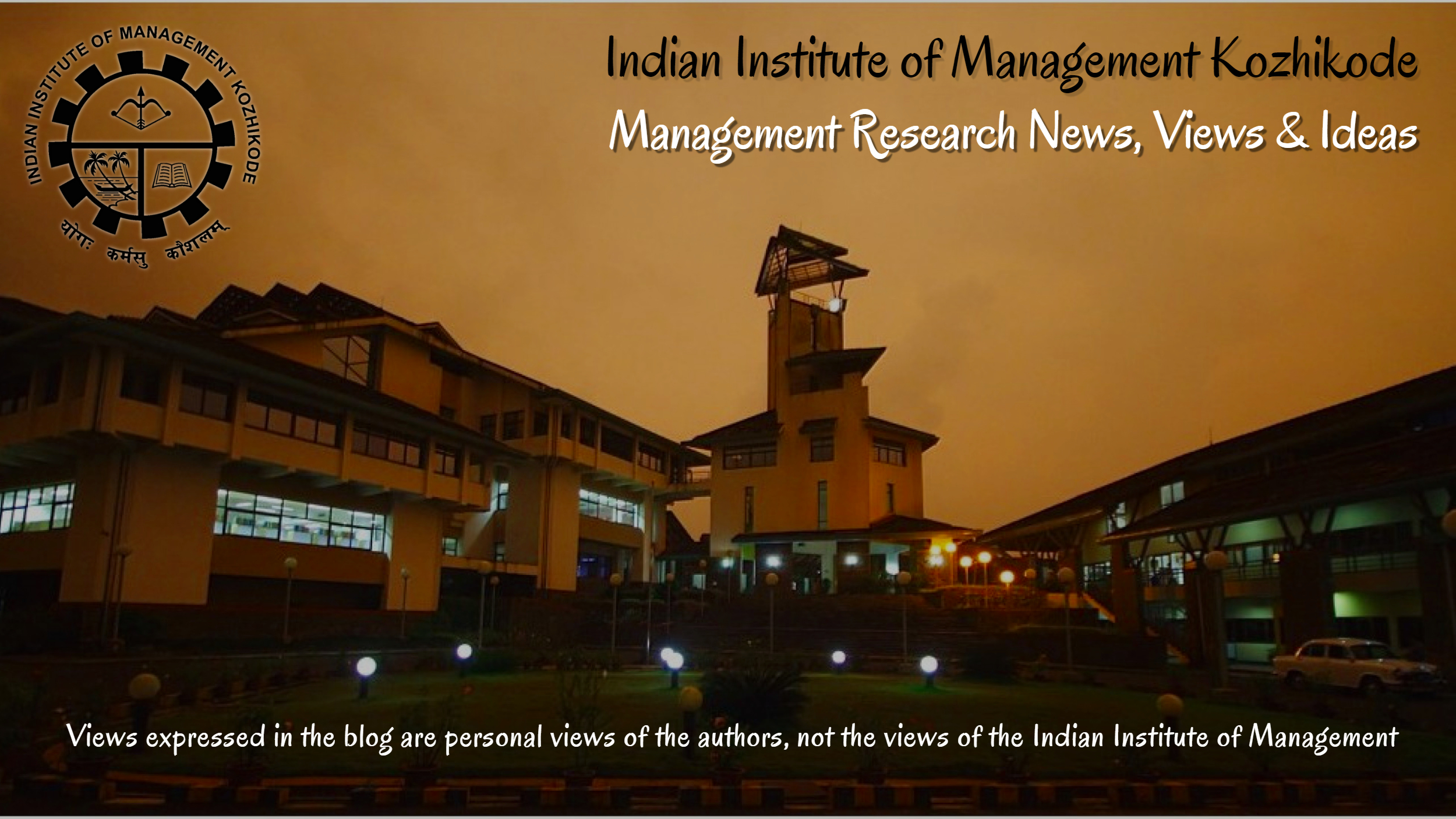


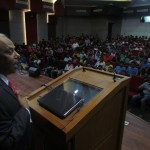
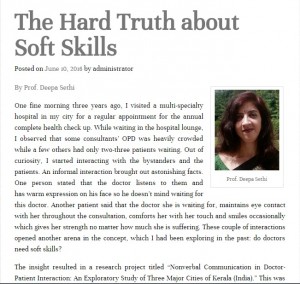
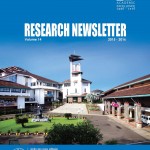

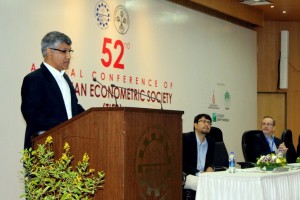
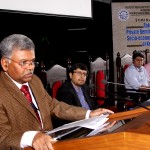
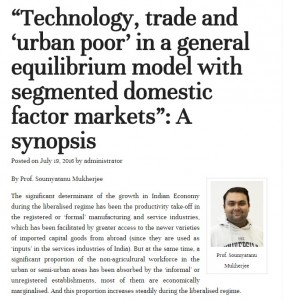
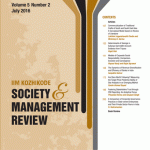




 Users Today : 224
Users Today : 224 Users Yesterday : 724
Users Yesterday : 724 This Month : 8599
This Month : 8599 This Year : 113727
This Year : 113727 Total Users : 537715
Total Users : 537715 Who's Online : 1
Who's Online : 1